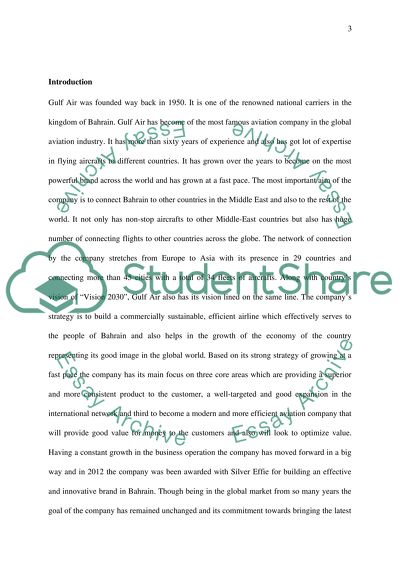Cite this document
(“Marketing Management Assignment Example | Topics and Well Written Essays - 4500 words”, n.d.)
Marketing Management Assignment Example | Topics and Well Written Essays - 4500 words. Retrieved from https://studentshare.org/marketing/1638309-marketing-management
Marketing Management Assignment Example | Topics and Well Written Essays - 4500 words. Retrieved from https://studentshare.org/marketing/1638309-marketing-management
(Marketing Management Assignment Example | Topics and Well Written Essays - 4500 Words)
Marketing Management Assignment Example | Topics and Well Written Essays - 4500 Words. https://studentshare.org/marketing/1638309-marketing-management.
Marketing Management Assignment Example | Topics and Well Written Essays - 4500 Words. https://studentshare.org/marketing/1638309-marketing-management.
“Marketing Management Assignment Example | Topics and Well Written Essays - 4500 Words”, n.d. https://studentshare.org/marketing/1638309-marketing-management.


